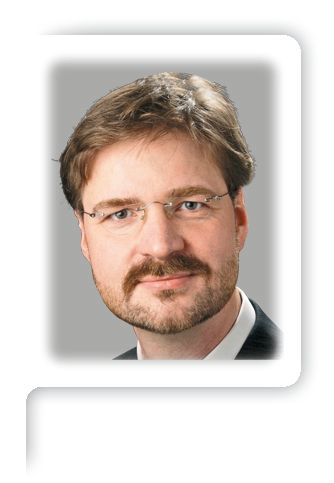Article
BPH technique efficacious even in severe obstruction
Author(s):
A patient follow-up report shows promising mid-term results from five German urology centers that implemented the prostatic urethral lift (UroLift System, NeoTract, Inc.) to alleviate symptomatic BPH in patients suffering from mild, moderate, and even severe obstruction.
Madrid, Spain-A patient follow-up report shows promising mid-term results from five German urology centers that implemented the prostatic urethral lift (UroLift System, NeoTract, Inc.) to alleviate symptomatic BPH in patients suffering from mild, moderate, and even severe obstruction.
READ: Urethral lift's efficacy, safety sustained at 2 years
The outcomes reflect the benefits of PUL in patients with symptoms normally contraindicated in PUL clinical trials; previous studies included patients with mild to moderate obstruction only and no complications.
The prostatic urethral lift (PUL) uses anchors that are placed in the prostate and on the inside of the urethra, which through gentle pulling action create a channel in the urethra that allows the patient to void. The advantage of the procedure over transurethral resection of the prostate lies in the absence of tissue ablation, eliminating the dreaded complication of retrograde ejaculation and preserving patients’ sexual function, researchers say.
No retrograde ejaculation with technique

Dr. Sievert“Men want to preserve their sexual activity, and one of the major complications of TURP, unfortunately, is retrograde ejaculation. Using UroLift, we matched the results seen in PUL clinical trials and did not see this complication. Thirty-seven percent of our more severely obstructed patients would have been denied PUL, since clinical trials exclude patients with prostates larger than 40 mL to 50 mL. We also included patients with retention, another trial contraindication,” said senior author Karl-Dietrich Sievert, MD, PhD, chair of urology at the University of Lübeck, Lübeck, Germany.
ALSO SEE - BPH guideline adherence: ‘Room for improvement’
Dr. Sievert reported on the outcomes of 70 patients (age 38-85 years) from five German centers who underwent PUL instead of TURP following patient education. The prostate volume (PV) ranged from 17 mL to 111 mL (mean PV: 43±18.8 mL) and seven patients had a high post-void residual (PVR) of 250 mL or greater. He followed the patients for 0.5 to 18 months (mean follow-up, 9.05± 5.55 months) and evaluated them prior to and after surgery using maximum flow rate (Qmax), PVR, International Prostate Symptom Score, and quality of life.
NEXT: 96% of patients report immediate symptom relief
A total of two to seven implants (average, four) were delivered under general or local anesthesia. Ninety-six percent of patients reported immediate symptom relief with significantly improved mean Qmax, PVR, IPSS, and QoL (p<.001) within the first month, which either remained unchanged or improved for up to 18 months. Sexual function including ejaculation was unchanged or even improved in those who reported sexual activity prior to surgery. Adverse events were negligible. Three patients (4%) had unsatisfactory results and subsequently underwent repeat PUL (one patient) with positive results, or TURP (two patients).
Lift holds advantages for old, young patients
“Further advantages of PUL include shorter surgery time, no intra-surgery bleeding, and an outpatient option (depending on the medical system). This new treatment is likely to be a particularly attractive option for young patients who do not want to face retrograde ejaculation or old patients with comorbidities who take anticoagulants and need to avoid major surgery that can induce bleeding,” Dr. Sievert said.
Dr. Sievert explained that the study’s patient follow-up was unique because candidates were not excluded based on oral therapy for lower urinary tract symptoms, high PVR, PV, or history of urinary retention.
“The only exclusion criteria were an obstructive median lobe or high entrance into the bladder,” Dr. Sievert said.
“You cannot expect the flow or residual to be as good as when you remove tissue, but according to the IPSS score, patients value their QoL significantly and were very satisfied. The BPH-6 study that compares the UroLift system to TURP takes a better look at flow and residual and will be reported soon,” he added.
More on BPH
Embolization shows promise, wide applicability in BPH
Transfusion rate high with prostatectomy for BPH
Study uncovers 400% cost difference in BPH treatments
Subscribe to Urology Times to get monthly news from the leading news source for urologists.




